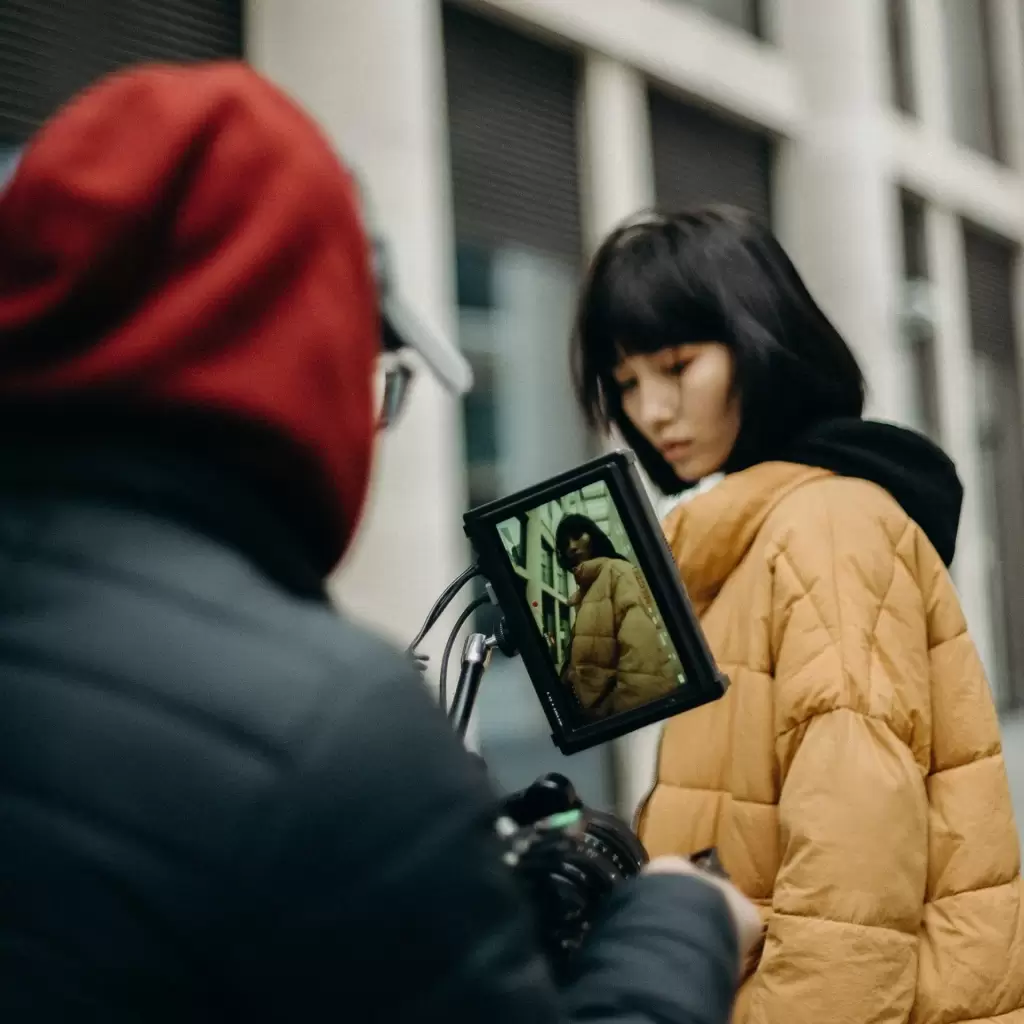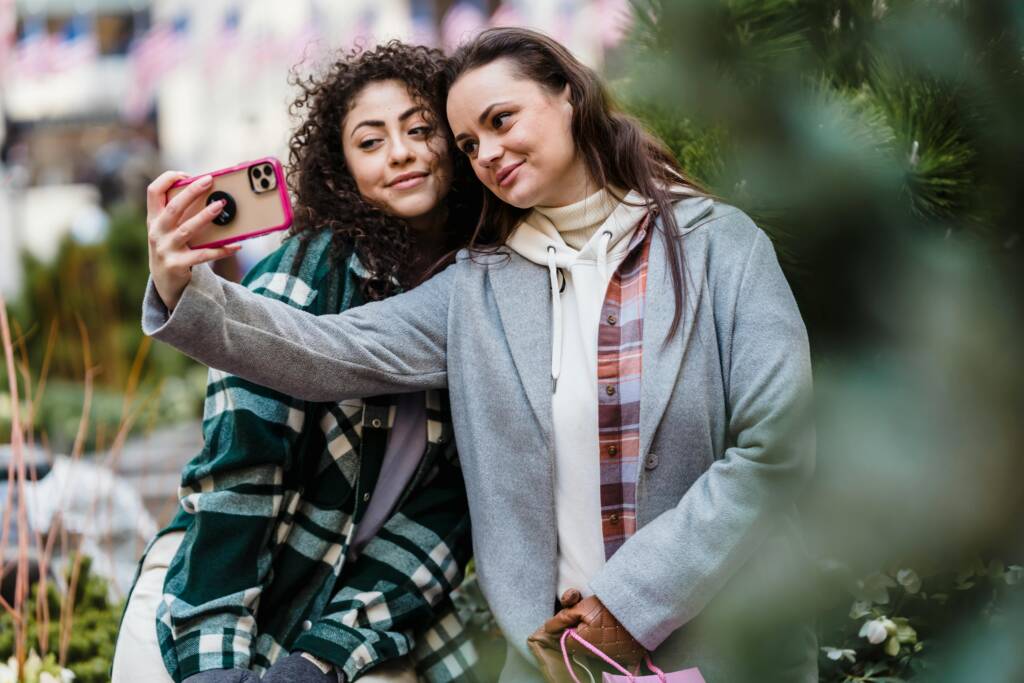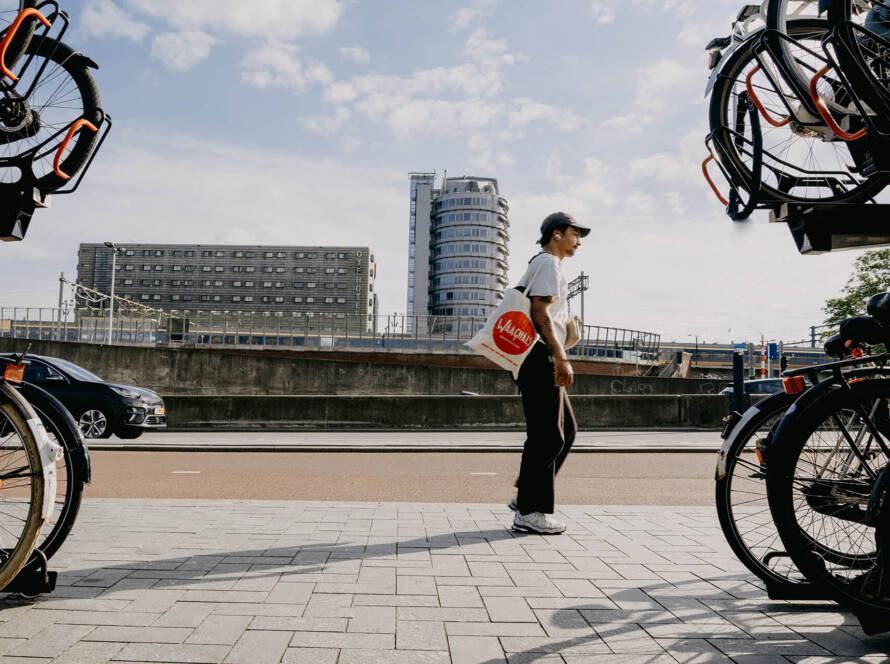Whether you’ve joined a mobile photography course to step up your social media game or you’re dreaming of a future in professional photography, one thing is certain — how you learn is just as important as what you learn.
Photography is part science, part art — and like any craft, the more intentionally you practice, the better you become. If you’re a student in a photography course, here are some essential tips to help you make the most of your journey
1. Don’t Just Watch — Practice
It’s easy to binge-watch all the lessons in your course, especially if they’re exciting. But the magic happens when you put theory into practice. After every module or concept, grab your phone or camera and start shooting — experiment with lighting, angles, and focus.
Every shot you take is a step closer to your style.


2. Learn to See, Not Just Shoot
Photography isn’t about having a great camera. It’s about learning to see what others miss — patterns, emotions, shadows, contrasts, stories. Whether you’re in a crowded market or your bedroom, train your eye to notice light, shapes, and composition.
The best photographers aren’t always the most technical. They’re the most observant.
A camera teaches you to see without a camera — but only if you keep showing up.
— Goliyo.com
Consistency beats intensity. One hour of photography every day for a week is better than a single 6-hour session. Your eyes and hands need training just like muscles. Even if you’re just capturing textures around your home or your coffee cup at different angles, you’re building instinct.
Every photo you take — even the “bad” ones — teach you something.
3. Shoot Every Day (Yes, Every Day)
Consistency beats intensity. One hour of photography every day for a week is better than a single 6-hour session. Your eyes and hands need training just like muscles. Even if you’re just capturing textures around your home or your coffee cup at different angles, you’re building instinct.
Every photo you take — even the “bad” ones — teach you something.

4. Don’t Fear Editing Tools
Editing doesn’t mean “fixing” a photo — it’s part of the storytelling process. Tools like Lightroom, Snapseed, or even built-in phone editors help you express your vision. Don’t skip the post-processing lessons in your course. They’re your gateway to creativity and professionalism.
Great editing can turn a good shot into a powerful image.
5. Study Photos You Love
When a photo grabs your attention, don’t just admire it — analyze it. Ask yourself:
- What makes it work?
- Where’s the light coming from?
- Is it balanced?
- How does it make you feel?
Learning from others’ work is like getting mentored without ever meeting them.
6. Ask for Feedback — and Take It Well
Don’t be afraid to share your work with your instructor or classmates. Honest feedback will speed up your growth. Sometimes, others see things you missed — both strengths and areas to improve.
Photography is subjective, but growth is universal.
7. Build a Portfolio Early
Even if you’re just starting out, begin collecting your favorite shots. Use Google Drive, Dropbox, or Instagram as a visual diary. This will not only track your progress but will also give you something to showcase when you’re ready to take on clients, internships, or freelance gigs.
Ready to Shoot Smarter?
Whether you’re learning mobile photography or digital DSLR work, your journey starts with intention, not equipment. Be curious. Be consistent. And most of all — keep clicking.
Explore beginner-friendly photography courses today on Goliyo.com — designed to turn everyday students into confident creators.

